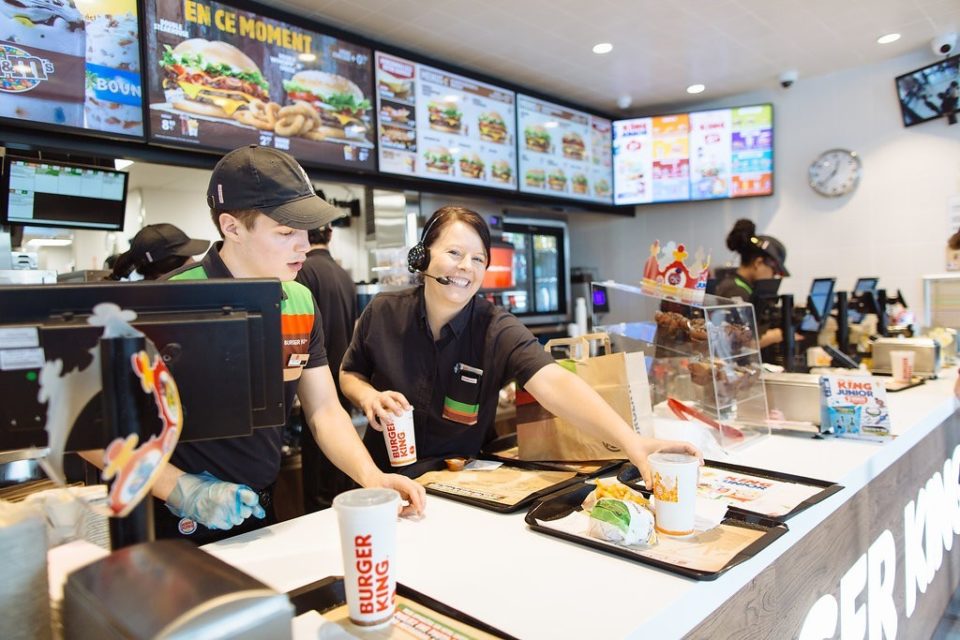Often when executives look to address underperformance on the inside of a brand or business, the temptation is to treat the brand or business as one entity, and to assume that the problems are spread evenly. That’s usually not the case.
Often there are teams within the business that are doing well and others that are struggling to maintain performance or morale. The key tension points? Frontline teams – because the onus is on them to deliver, they have high staff turnover because of the pressure they are under and they feel unsupported and unappreciated. And middle management – because they are also time and task pressured, they need to sustain the performance and energy of the teams they are responsible for, and they must report to executives on the progress being made towards goals and objectives.
Managers mistake the fundamental nature of what they are working with. Treating all the moving parts within an organization as one group and assuming that they are therefore going to change as one when new ideas are introduced is misguided. Steve Denning describes an organization’s culture in this piece in Forbes as “an interlocking set of goals, roles, processes, values, communications practices, attitudes and assumptions. The elements fit together as a mutually reinforcing system and combine to prevent any attempt to change it. That’s why single-fix changes…may appear to make progress for a while, but eventually the interlocking elements of the organizational culture take over and the change is inexorably drawn back into the existing organizational culture.”
Ultimately one-size-fits-all approaches to change risk failing because the momentum of the existing culture, created and sustained by the people who are there, can overcome the new ideas that are being introduced. Reversion then becomes almost inevitable. To fundamentally change the momentum of a brand, executives need to focus far less on what is changing and concentrate more broadly and patiently on a nuanced explanation of why change is necessary.
According to Denning, a three tier program is required, made up of: leadership tools (including story); management tools; and compliance tools for those who remain reluctant to make vital shifts. The key problem isn’t so much that these elements are missing, he says, but rather how they are normally employed. Organizations place significant emphasis on compliance and story but don’t pay anywhere near enough attention to installing the management tools needed to make true change happen. This places already stressed middle managers under even greater pressure, and generates change-resistant resentment, because team leaders feel they have nothing to work with but huge expectations to work to.
The missing step as we see it is the one that precedes all of the above. Finding the real problem for customers. Why is the brand under-performing? The answer to that probably boils down to one of six options:
- We can’t keep up with the expectations of our customers and/or the speed of our competitors
- We seriously misjudged something and we haven’t corrected it or we haven’t been forgiven for the mistake itself
- The business we think we’re in isn’t the business to be in anymore – it’s fading or dead or simply lacks the returns that we are banking on
- We’re not reading the market, so we’re not delivered what’s required, when, where or how
- We are poor communicators and therefore bad marketers
- Our behaviors/attitudes continue to seriously jeopardize our brand and/or our reputation
Stating the reason for under-performance isolates the shortfall that needs to be focused on. It tells people precisely what is not happening and enables measures to be put in place to quantify the extent of the problem and progress towards resolution over time.
Case in point, a brand that lacks agility needs to re-energize – it needs to speed up its thinking, create new ways to get to market faster, be more nimble in its decision making and focus far more successfully on its customers and their expectations. The correlation between what the brand must achieve and what the culture understands needs to be achieved are direct. According to Professor James Heskett, effective cultures achieve a 20 – 30 percent difference in corporate performance compared to “culturally unremarkable” competitors. That’s why changes needed to be framed through problems and judged by outcomes. And so many of the programs that seek to turn around brands aren’t.
Change is not a catalyst in itself. Without context and imperative, and the understanding of employees as to “why” it is needed, it can in fact seem little more than whimsy.
Until you can identify in unequivocal terms what is wrong and why the platform is burning for your people collectively and individually, the reasons for not changing will always seem the most sensible, timely and do-able.
Co-authored with brand strategist Hilton Barbour.
The Blake Project Can Help: Please email us for more about our purpose, mission, vision and values and brand culture workshops.
Branding Strategy Insider is a service of The Blake Project: A strategic brand consultancy specializing in Brand Research, Brand Strategy, Brand Growth and Brand Education




